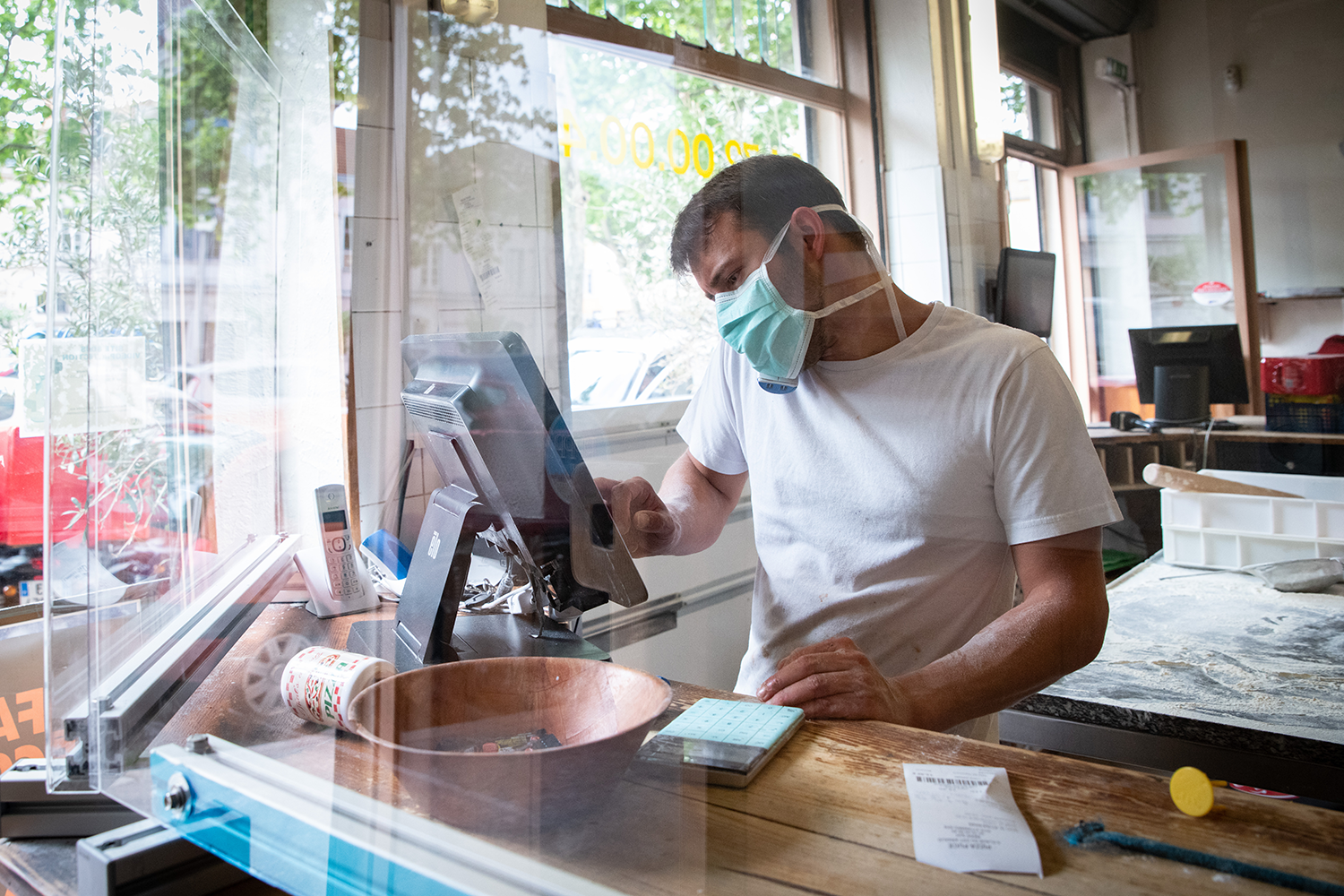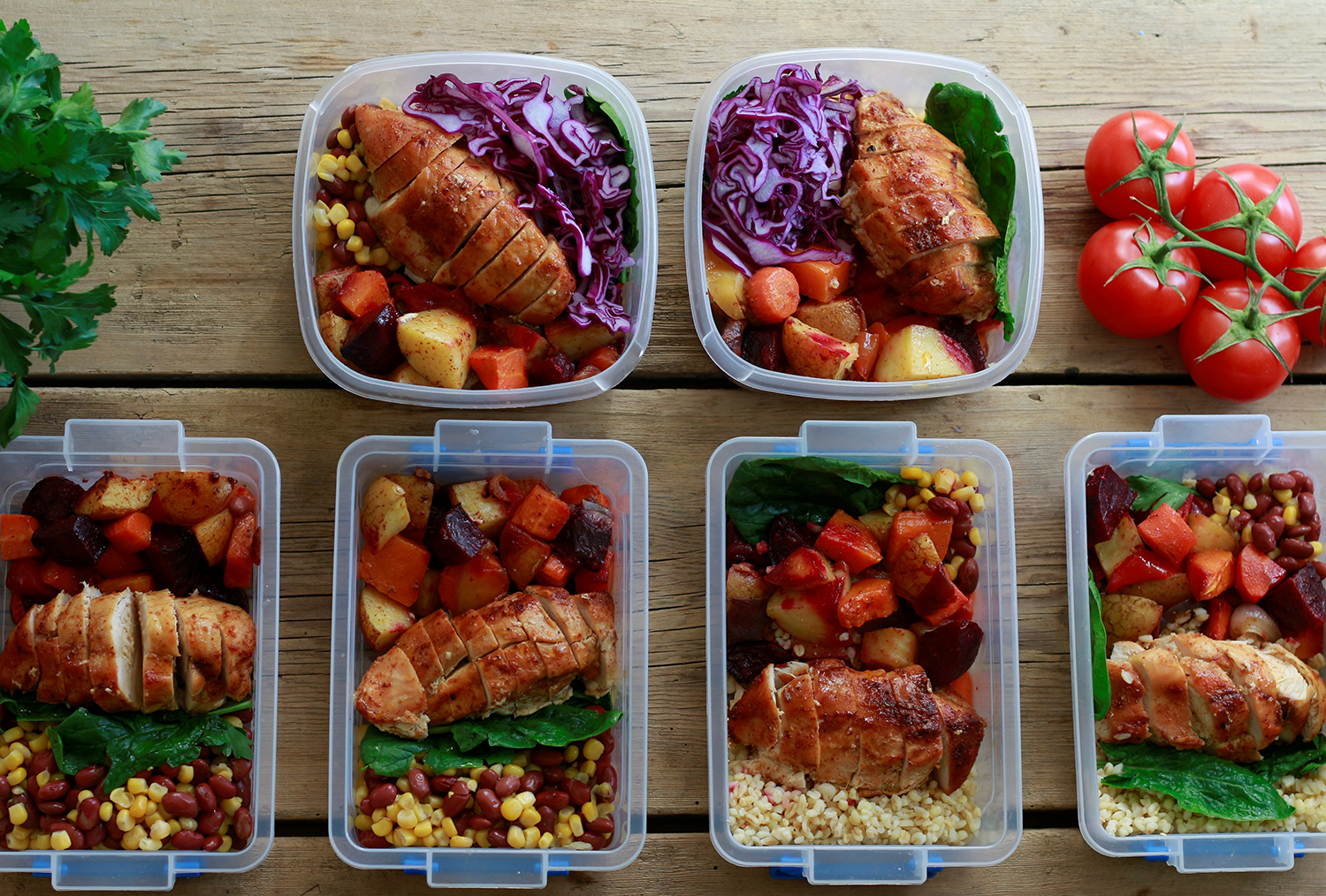By Dan Martin, Contributor
It’s no secret that the COVID-19 outbreak overwhelmed our daily lives. The virus has also affected the global food industry, including restaurants, bars, and eateries have their operations disrupted in many countries.
Compared to the time before the compulsory quarantine, restaurants’ daily traffic has slowed to a crawl. Due to the closure of restaurants, a domino effect rippled across similar industries. This includes food production, liquor, beer, wine, food and beverage shipping, fishing, and farming.
It goes without saying that local businesses are the ones who were affected the most and increase their burden of making ends meet.
In this article, we would like to present how COVID-19 created some changes with things in the food industry. No matter how subtle or small it is, it can create a butterfly effect in today’s connected world.
Restaurant Delivery Apps are the New Normal
Gone are the days when you get to dine inside a restaurant, eat a hearty meal, and enjoy the view. The “new normal” is getting your food delivered in your doorsteps now. The coronavirus spreads easily in-person, that’s why many people opt to have their favorite meals delivered to the safety of their homes.
The popular delivery service Uber Eats has seen an increase in sales due to the current situation.
According to SensorTower, Uber Eats has become the most downloaded food delivery app worldwide, with over 6.7 million installs. Of the total installs, Brazil is the country with the most downloads which is close to 20%. The United States at 19.3% came in second.
Sales and orders can also be affected by other factors, too. Yelp, a food app highly recommended by Joy of Android, can greatly affect this by indexing restaurants and giving customers an idea about the food they are about to order.
Even as in-person restrictions are slowly being lifted across the US, the demand for restaurant delivery remains high and may remain that way for the near future. Restaurants looking to keep their business afloat and stable need to adjust to the changing consumer demands and implement delivery ASAP.
Organizations as Guests
During this time of turmoil, stay-at-home orders and establishment closures are strictly followed. Many restaurants and bars are still closed to the public. But for some that are open, they have the unconventional customers you can think of – non-profit organizations.
Because of this pandemic, many organizations that support communities have partnered with restaurants to feed frontline workers. Frontline Foods and Off The Plate are just two examples of non-profits working hard to keep frontline workers fed. They raise donations that pay for restaurants to make hearty meals for frontline workers.
The take-away in this: restaurants keep their businesses afloat, pay for their workers, and do something good for the community in this time of crisis. We’ve talked a lot about this on the Rail before. What’s your purpose outside of making a profit? This is a great example of the “economy of purpose” that can help businesses thrive while making positive change in their communities.
More Ready-to-Assemble, Partially Cooked Meal Options
Expect a “new normal” even as lockdowns on countries will be lifted. Social distancing will still be observed.
It is safe to say that restaurants have adapted to stay afloat in this crisis. Given the tight labor and demand, many businesses have shifted to making ready-to-assemble goods, or partially cooked food options for consumers. Just take a look at these DIY tacos from Costco. This is taking the idea of the “meal kit” but making it more local and giving consumers your own taste and flavor to the concept.
This method also speeds up the process of preparing the food, thus, limiting its exposure and thereby averting health hazards. On a positive note, small restaurants have shown their tenacity and entrepreneurship by creating innovative ways to survive these trying times.
Contactless Payment for Goods
Since the delivery services significantly increased over this short period, it also has paved the way for contactless payment. Thankfully, food delivery and online delivery services offer this kind of service.
Pre-coronavirus consumers have always preferred contactless payment. This is because it’s more convenient than having to carry cash. But with the coronavirus outbreak, consumers fear germs in money and physical cards. Therefore, contactless payment has now been the preferred method of payment.
Mastercard saw a giant 40% increase in contactless payments. Again, this is due to the temporary closures of businesses in many countries amidst the coronavirus pandemic.
See in the graph above, the “card not present” transactions jumped 40% year over year in the first quarter. On the other hand, in-person or “card present” transactions saw a big drop.
Stricter Sanitizing Methods for Cooks & Delivery Personnel
Food safety has been one of the main concerns in the industry way before the pandemic was even a thing. Let’s be honest, we don’t really know if people handling our food have properly sanitized before getting into work, right?
Business owners and even authorities in every country have implemented new safety measures. This is to ensure that food and goods are safe to eat. But how? The answer lies in making sure that handlers like cooks, delivery personnel, and retail personnel are regularly sanitized.
For example, the Florida Department of Agriculture and Consumer Services (FDACS) has provided guidance to food retailers/establishments and consumers regarding food safety to lessen or avoid infection risk.
This is just one of the things businesses and restaurants have to observe in order to maintain operations during the pandemic.
The Restaurant Industry Continues to Adapt
During this time, restaurant owners must remain vigilant and strive to adapt to the current situation. It is a do-or-die round with a thin margin between moving forward and falling out of business.
The full extent of the coronavirus crisis remains uncertain. That’s why restaurants have to come up with new and creatives ways to meet the demand & pay their bills all with limited resources.
But no matter the outcome, the food industry deserves our respect and support, especially those that belong in the smaller sector. Without them, people might go hungry. And that would mean lesser functionality and lower chances in the fight against COVID-19.











![State of the Restaurant Industry 2021: Post-COVID Edition [INFOGRAPHIC]](https://images.squarespace-cdn.com/content/v1/56a2785c69a91af45e06a188/1624456093617-7MNR7QR90WNFTYRI8W5D/State+of+the+Restaurant+Industry.png)



